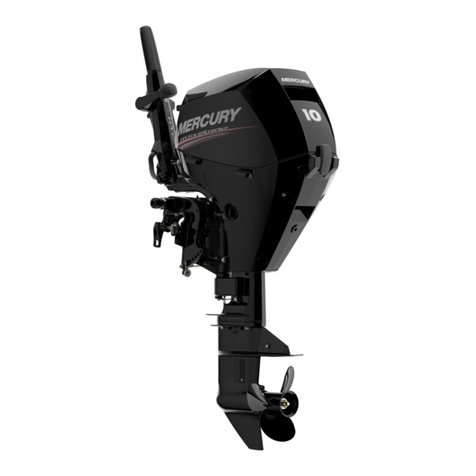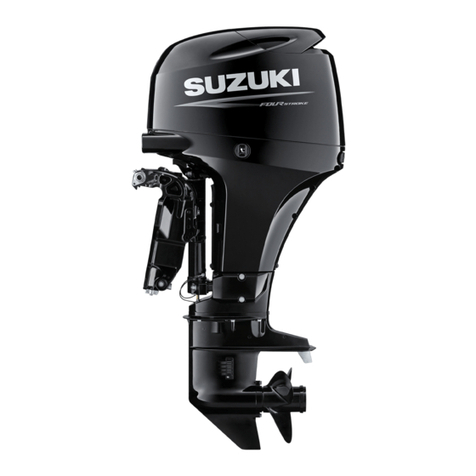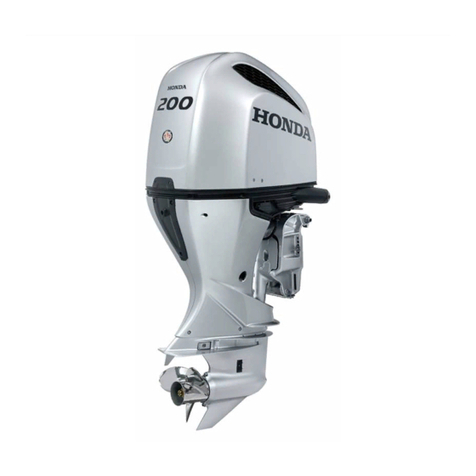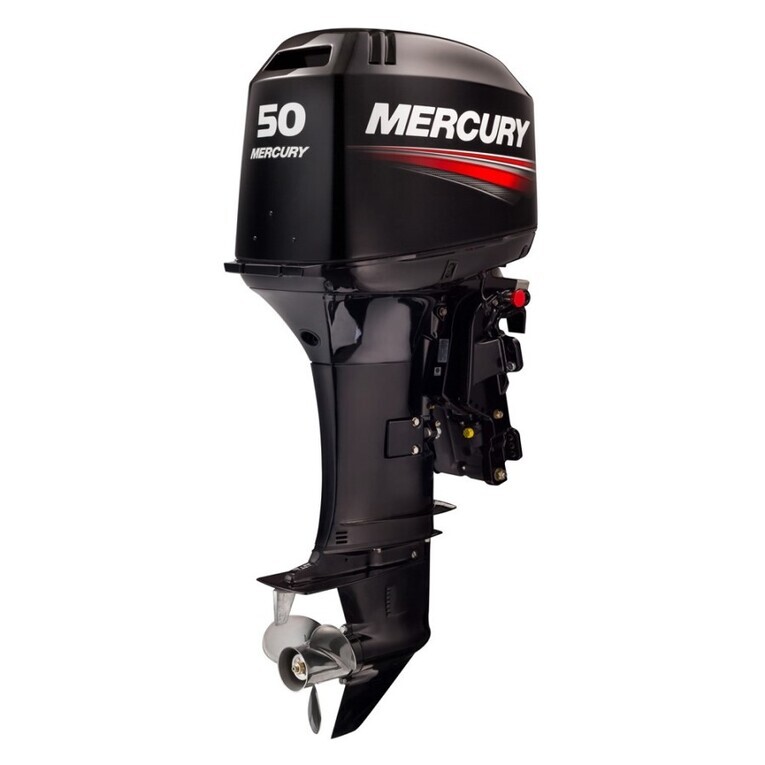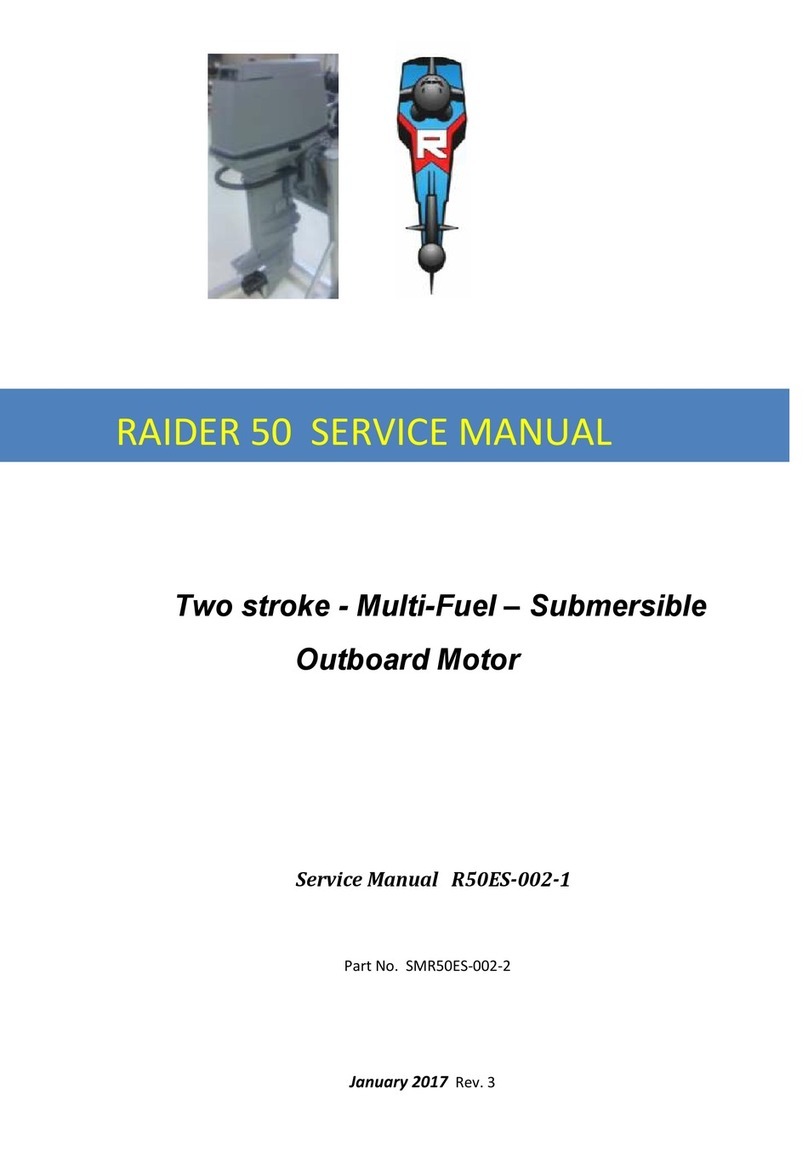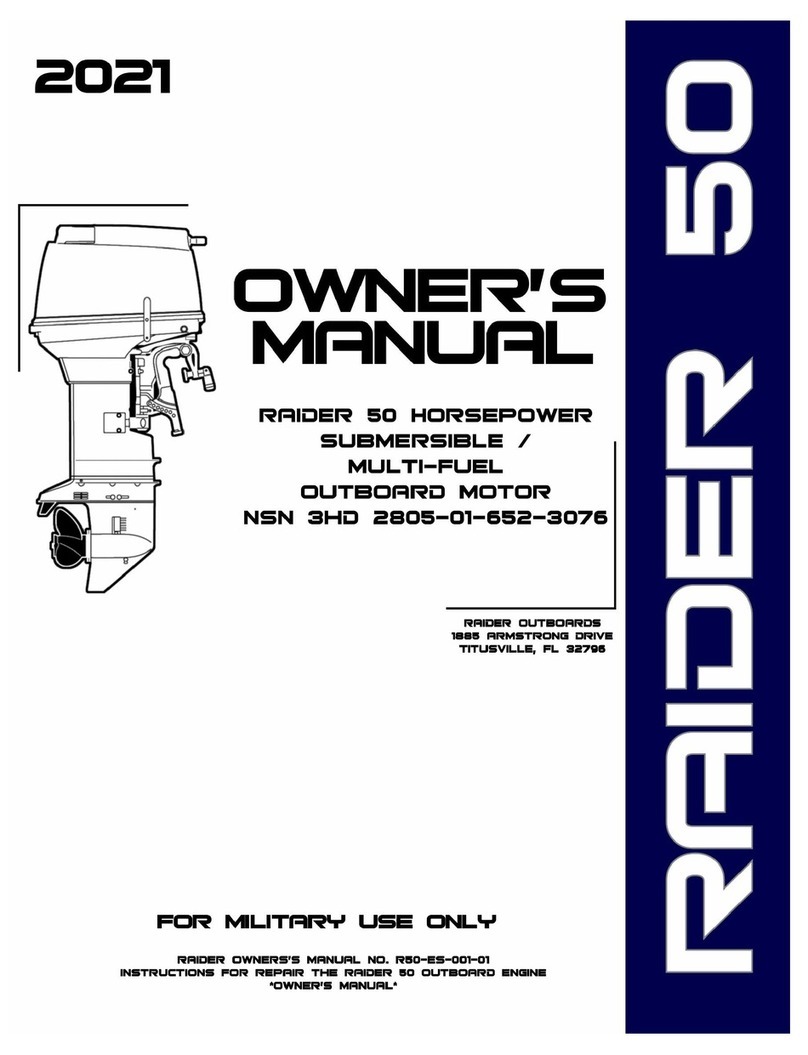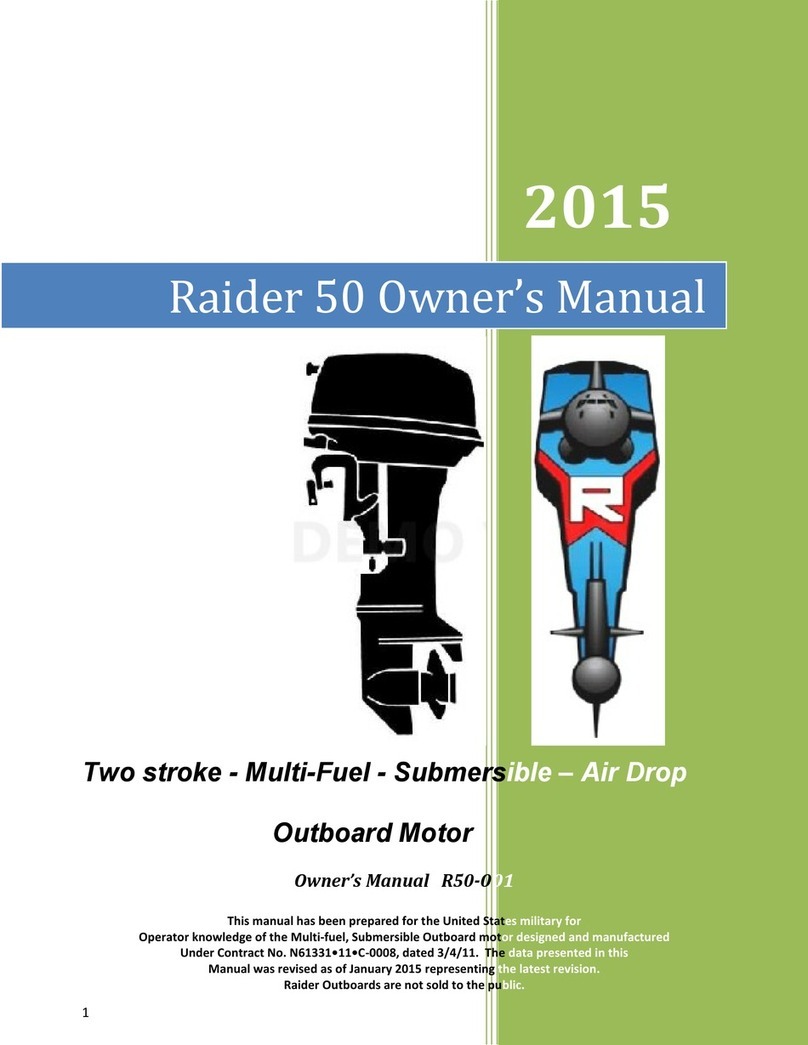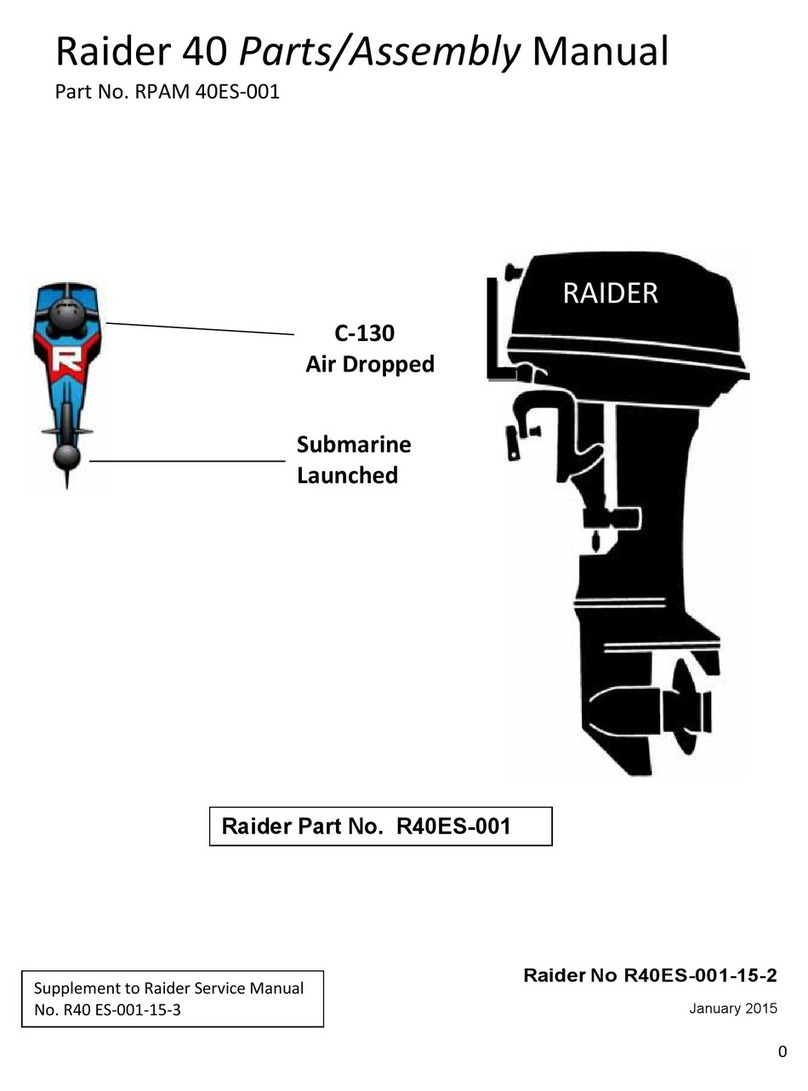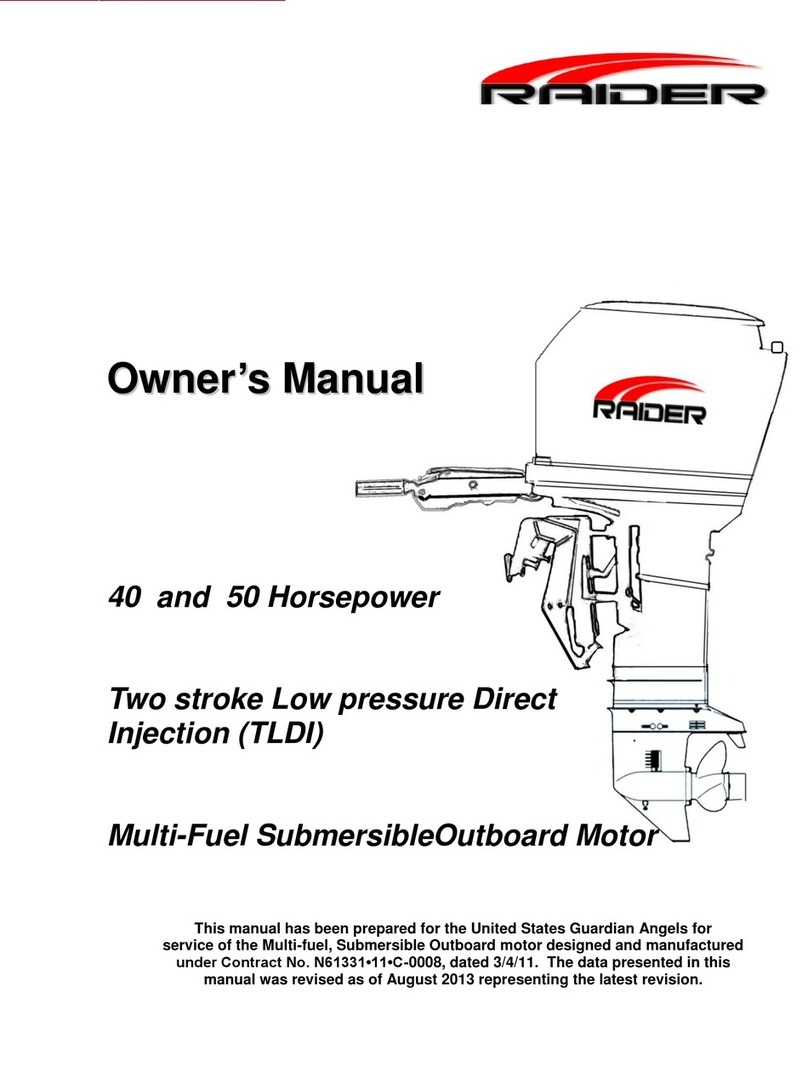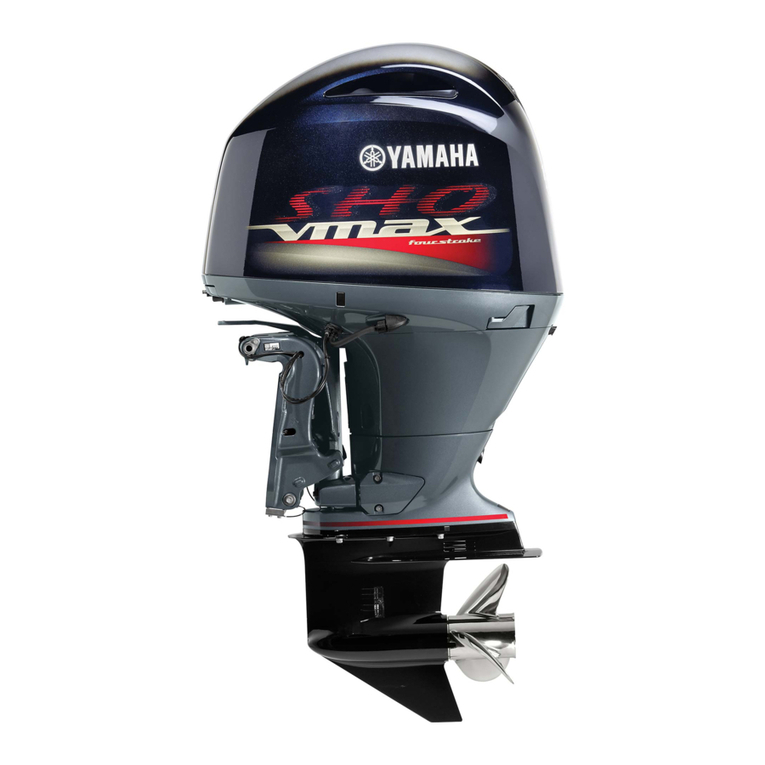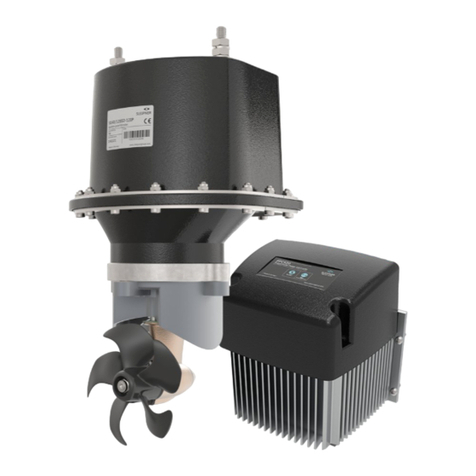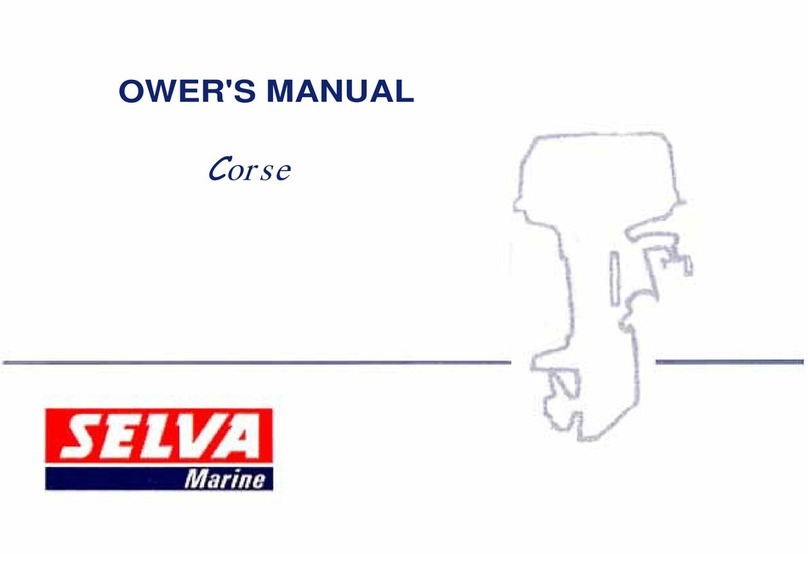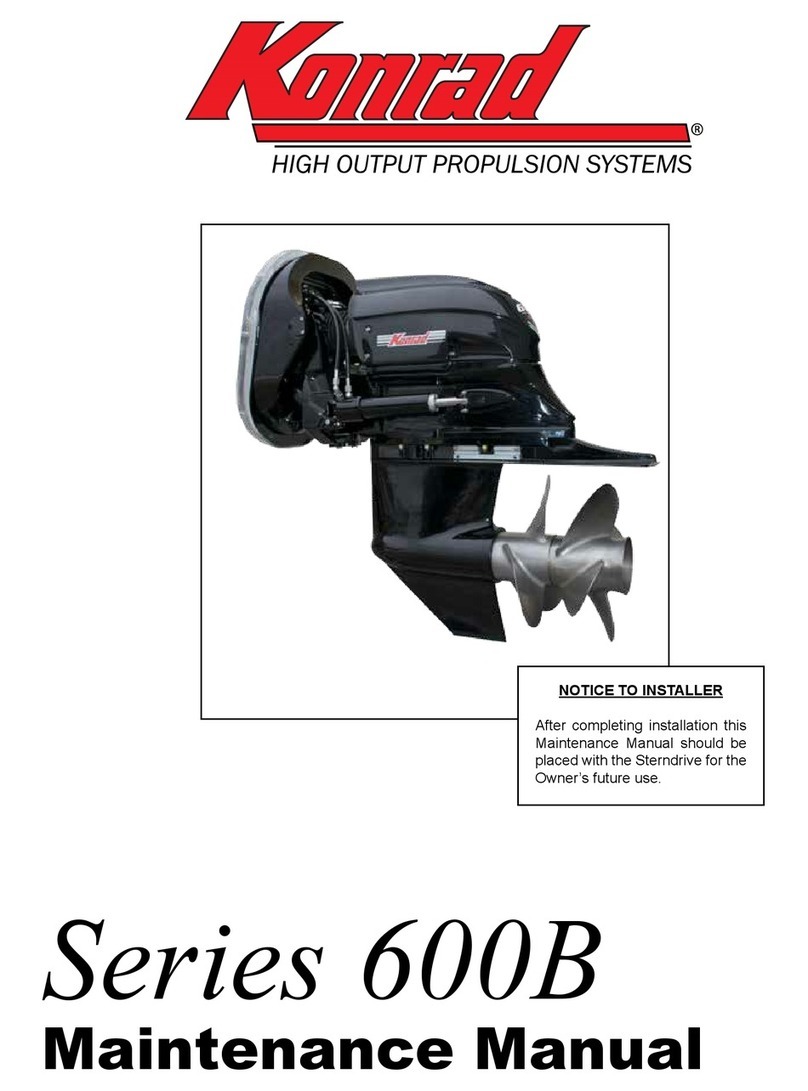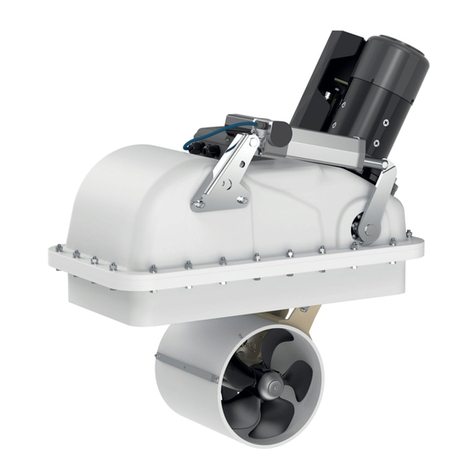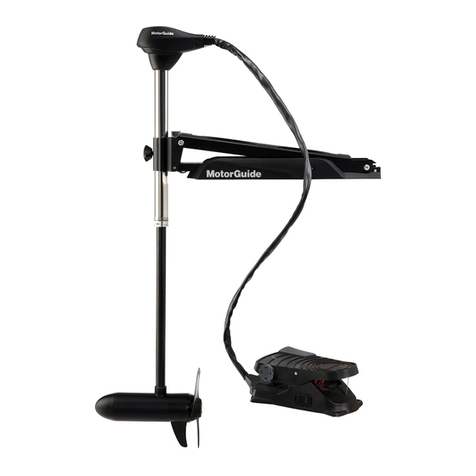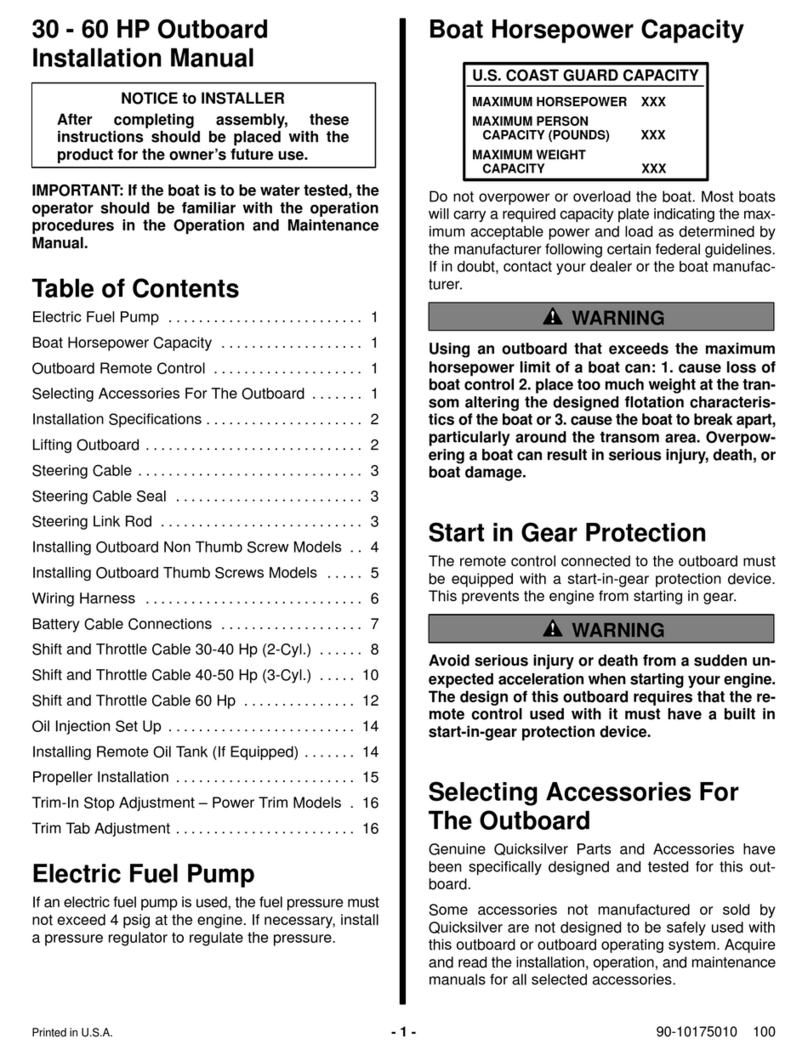
Raider Operators Manual R40ES-001-15-1
Contents
1. Your Raider 40 Outboard Motor .....................................................................................................1
a. Limited Warranty ............................................................................................................. 1
b. Serial Number ................................................................................................................... 1
c. Safety/Danger/Warnings/Cautions..................................................................................... 1
d. Features of Raider Outboard............................................................................................. 1
e. Specification Table............................................................................................................. 2
f. Raider Engine Overview.................................................................................................... 3
g. Fuel Induction System - How to change from Gasoline to Heavy Fuels ....................... 4
2. Raider Installation ............................................................................................................................5
a. Handling Engine................................................................................................................ 5
b. Installation of single Engine............................................................................................... 5
c. Installation of Twin Engines................................................................................................ 6
d. Installation of Safety Wire ................................................................................................. 6
e. Transom Height................................................................................................................. 6
f. Propeller............................................................................................................................ 7
3. Raider Running ..............................................................................................................................8
3. Raider Running.................................................................................................................................8
a. Fuels (Multi-fuel)................................................................................................................ 8
b. Raider Break in.................................................................................................................. 8
c. Normal Starting Procedure................................................................................................. 9
d. After Raider Starts/Warm Up.............................................................................................. 9
e. Throttle Friction.................................................................................................................10
f. Shifting .............................................................................................................................10
g. Stopping Raider................................................................................................................11
h. Trim Angle ........................................................................................................................11
i. Trailering...........................................................................................................................11
j. Tilting................................................................................................................................11
k. Trim Tab Adjustment .........................................................................................................12
l. Shallow Water Drive .........................................................................................................12
m. Shallow Water Operation..................................................................................................12
n. Impact Damage................................................................................................................13
o. Special Operating Conditions............................................................................................13
p. Overheating......................................................................................................................14
q. Emergency Starting..........................................................................................................14
r. Pre-Submersion Procedure ..............................................................................................15
s. Dewatering Procedure.......................................................................................................16
t. Post Submersion Procedure..............................................................................................16
4. General Maintenance.....................................................................................................................17
a. Fuel/Oil Requirements......................................................................................................17
b. Removing and Carrying the Raider...................................................................................18
b. Emergency Kit and spare parts ........................................................................................19
d. Corrosion Protection.........................................................................................................19
e. Optional Accessories........................................................................................................19
f. Trouble shooting...............................................................................................................20
g. Storage.............................................................................................................................20
h. Out of Storage Service......................................................................................................21
i. After Submersion Maintenance.........................................................................................22
